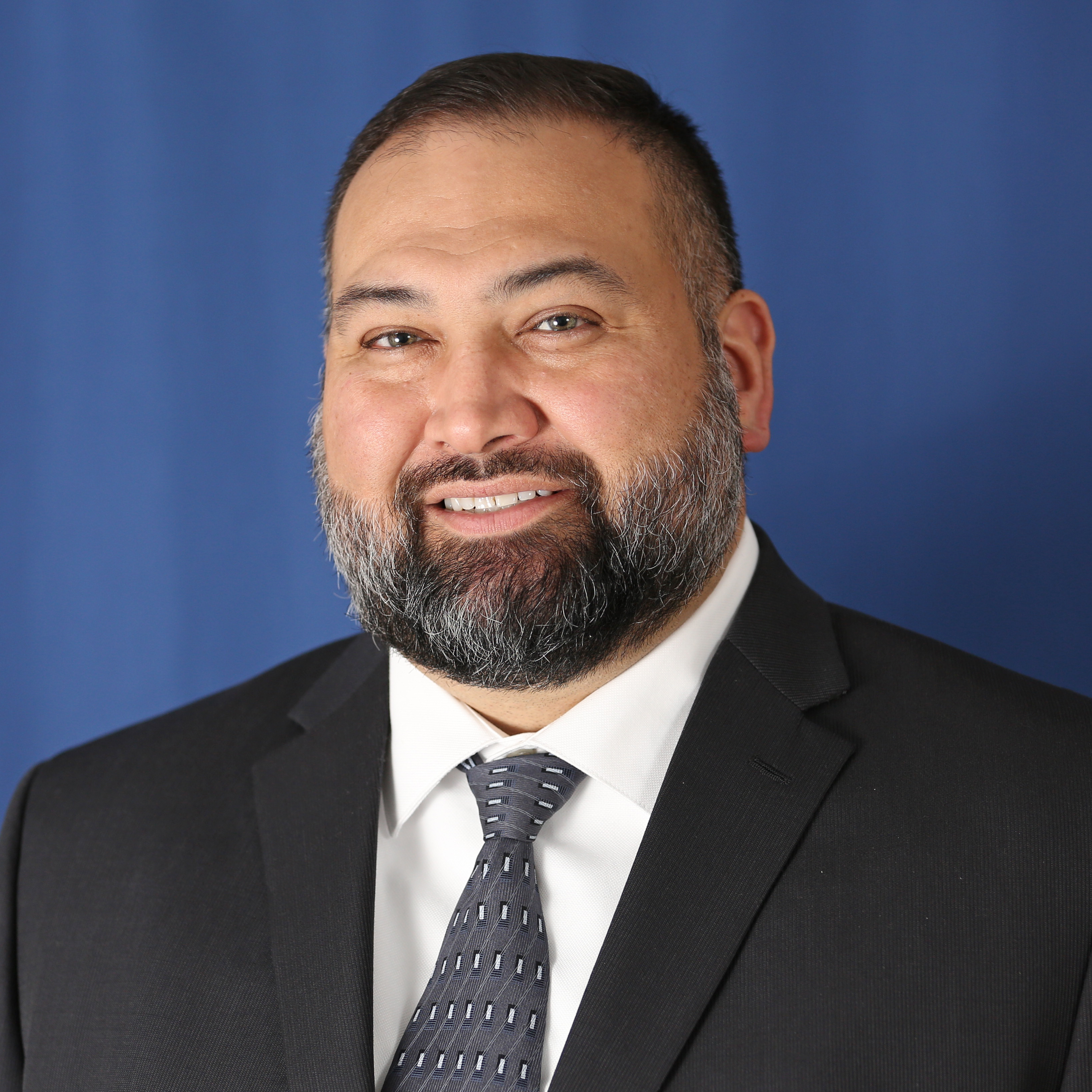In May, Indian Health Service leadership joined tribal partners and urban Indian organization leaders in a tribal consultation and urban confer focused on resources for the Health IT Modernization Program. The information shared and conversation that followed put a spotlight on the various ways the federal government and our partners can work together to inform, fund, and manage the new enterprise Electronic Health Record solution.
Leadership provided key points to consider as we move forward with the Health IT Modernization Program:
- IHS Chief Financial Officer Jillian Curtis spoke about the advance IHS appropriations of $5.1 billion, the Modernization funding, and the budget formulation process. She also spoke about the National Tribal Budget Formulation Workgroup, which provides a critical opportunity for tribal representatives to give input on budget priorities and funding levels, including for the Electronic Health Record Modernization Program. The workgroup’s recommendations are the foundation for the annual President’s budget formulation process.
- IHS Director of the Office of Tribal Self-Governance Jennifer Cooper reviewed tribal shares, including funding formulas and the difference between area, local, and headquarter shares.
- IHS Director of the Division of Program Management and Budget Phil Wise discussed the need for more efficiency in IT spending and greater understanding of the value and impact of purchased technology. He introduced the concept of Technology Business Management, which will be used in the Modernization.
In addition to sharing information, we sought to learn from those we work with and serve. We asked participants: How should urban Indians be represented in any new models? How should we handle one-time versus recurring funding? If there was a modified Program, Services, Functions, and Activities structure, what would you want to see different? I encourage folks to review the presentation slides directly for more information.
As this Modernization is the first of its kind for the IHS in more than 40 years, I rely on the experience, knowledge, and perspective of federal peers, tribal and urban Indian organization leaders, industry experts, as well as our current and future system users, to inform our approach. I, and the broader Modernization team, seek data-driven expertise and lessons learned to help us deliver a new enterprise EHR system that meets the needs of the partners, clinicians, and patients who will use the new solution.
Let me reiterate my call for clinical, business, and technical experts from across Indian Country to inform and validate key aspects of the new enterprise EHR solution through:
- Focus groups to address interoperability (how information is shared across and between systems); data management and analytics; and health IT implementation
- An Enterprise Collaboration Group (ECG) where prospective system users provide input on clinical and non-clinical topics around the EHR solution Please note that these groups will start after the IHS selects the new EHR solution, and vendors cannot participate. If you are interested, please email Modernization@ihs.gov.
As the IHS gets closer to the selection of the new enterprise EHR solution, we need to clearly understand which tribal and urban health care entities have a likely interest in becoming a tenant on the shared system, so that we can begin to engage more directly with future users. To indicate possible interest in partnering with IHS on the shared enterprise solution, tribal and urban health care entities need to complete the IHS “Statement of Interest.” I want to stress that the Statement of Interest form is non-binding. Completing the form just opens the door for the IHS to discuss system configuration, organization assessment, and implementation planning more in-depth with possible system users. The IHS will share more information on this document in upcoming Dear Tribal and Urban Indian Organization Leader Letters.
Finally, I want to express my appreciation for the tribal partners and urban Indian organization leaders who brought their hope, concerns, and ideas to the table.
Related Content:
IHS Moves Closer to Build Phase of Health IT Modernization Program
IHS Releases Two Requests for Proposals to Support Health IT Modernization
IHS Focuses On Partner-Centered Design to Modernize Its Health IT System



